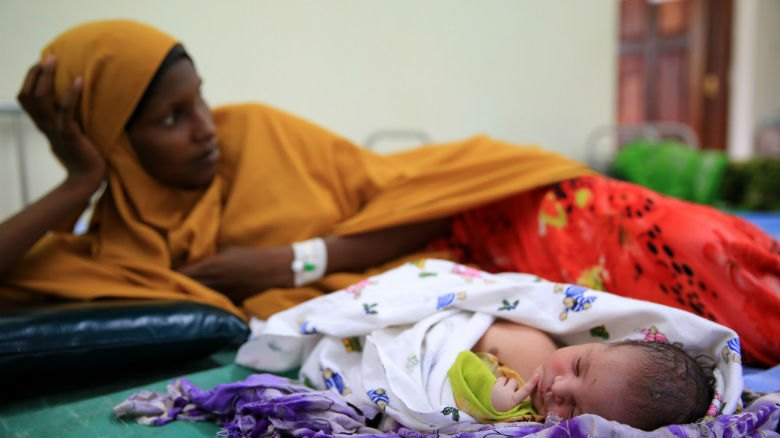A growing body of experimental evidence points to the effectiveness of audits and monitoring (accompanied by rewards or sanctions) in improving the performance of service providers. In Kenya, where the government is working to expand health care access and improve quality, policymakers are interested in understanding what’s most effective and sustainable for strengthening patient safety standards in both public and private facilities. This evaluation, implemented with the Ministry of Health, will pilot a program that has the potential to be scaled up within the government’s existing system, providing valuable evidence for future policymaking in Kenya.
| Research area: | Health |
| Country: | Kenya |
| Evaluation Sample: | 1300 clinics |
| Timeline: | 2015 - 2019 |
| Intervention: | monitoring, health grades made, information campaigns |
| Researchers: | The KePSIE team includes Guadalupe Bedoya (Principal Investigator), Jishnu Das (Principal Investigator), Jorge Coarasa and Ana Goicoechea (Operations Research), Amy Dolinger (Country Coordinator), Khama Rogo, Njeri Mwaura, and Frank Wafula (Implementation Team), supported by Benjamin Daniels, Seungmin Lee and Chenxi Yu from the World Bank Group. |
| Partners: | The team works together with the Kenya Ministry of Health, the regulatory boards, and councils. |
Problem
Health clinics in Kenya have limited budgets and safety standards are low. Regulations that do exist are poorly enforced, making it difficult to ensure health care quality and patient safety.
Intervention
The Government of Kenya, with the World Bank, is testing different inspection approaches to improving compliance with patient safety standards in both public and private facilities. The pilot started in November 2016 in three counties - Kakamega, Kilifu and Meru – and covers around 1,100 healthcare providers. Impacts will be assessed after one year.
Evaluation design
A randomized control trial is being used to evaluate the relative effectiveness of three different approaches to health clinic inspections. In the first treatment arm, health facilities will be inspected more than once by regional teams of full-time inspectors trained and supervised by the Ministry of Health and regulatory bodies, with warnings and sanctions for non-compliance. In the second treatment arm, health facilities will face the same inspections and possible sanctions as in the first treatment arm, but inspection results will also be prominently posted on the health facility’s door. Clinics in this treatment arm will receive a detailed checklist of procedures they are expected to follow and they can ask for a re-inspection if they want to change their grade. Health facilities in the control group will continue with “business as usual” inspections, which happen rarely.
Measurement
Compliance with safety and quality standards will be measured through unannounced visits by standardized patients (which will appear as real patients to healthcare providers), direct observations of patient-provider interactions, and administrative data.
Impacts to date on policy decisions and program design
- Baseline survey. Checklists to measure adherence to standards used in baseline measurement led the Government of Kenya to make two wide reaching changes in how health facility quality is measured:
- The government collaborated with the evaluation team on a new regulatory framework (Cap 242, Legal Notice No. 46 on March 21, 2016) for monitoring private and public health facilities to promote patient safety standards. For more information, see this case study.
- The Ministry of Health, local councils, and regulatory boards collaborated with the evaluation team to create indicators appropriate for monitoring patient safety in Kenya.
